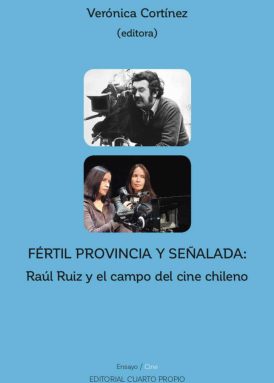Esta colección de ensayos tiene un doble propósito. En primer lugar, quiere demostrar que el cine chileno forma, desde hace décadas, parte de un cine en el mundo del que recibe como al que entrega sus imágenes. Si Chile es una provincia (finalmente como todas las naciones), es fértil a raíz de su propia cultura. La obra de Raúl Ruiz es, sin duda, la prueba más a la vista de esa interacción entre lo local y lo global. Lo que no significa que sea la única, como lo ilustra el ensayo amistosamente conflictivo de Miguel Littin incluido en este libro. En segundo lugar, el cine chileno – su campo, en el sentido de Pierre Bourdieu – se caracteriza por un fuerte y visible arraigo en el campo propiamente tal. La confluencia brillante de tradiciones vivas y expresión vanguardista no forzada se encuentra en la labor del dúo de Sergio Bravo y Violeta Parra para crear Mimbre. Sin embargo, lo que llama la atención es un cine chileno que, con poco dinero y mucha pasión, se produce en provincia creando mundo. La continuidad de tradiciones vivas (filmadas por Patricio González Colville), el rescate de luchas sangrientas de un pasado que no deja de pasar (el documental de Paulo Vargas Almonacid presentado por Hernán Delgado sobre la masacre de Puerto Montt), y el camino de ida y vuelta entre Valdivia y Madrid de las gemelas Eugenia y Margarita Poseck para captar en documental y ficción la hermosura y los conflictos de su región son ejemplos de la fértil provincia mundial que se llama Chile.
This collection of essays has a dual purpose. First, it seeks to demonstrate that Chilean cinema has for decades been part of global cinema, both receiving images from it and giving images to it. If Chile is a province (like all nations, ultimately), it is fertile due to its own culture. The oeuvre of Raúl Ruiz is without a doubt the most evident proof of this interaction between the local and the global. Yet this does not mean it is the only example, as illustrated by the amicably contentious essay by Miguel Littin included in this book. Second, Chilean cinema – its field, in the conception of Pierre Bourdieu – is characterized by a strong and visible connection to the fields themselves. The brilliant confluence of living traditions and unforced avant-garde expression can be found in the work of Sergio Bravo and Violeta Parra, who together created Mimbre. Nevertheless, the salient characteristic of Chilean cinema is that with little money and a lot of passion worlds are created in the provinces. The continuity of living traditions (filmed by Patricio González Colville), the recovery of bloody battles from a past that has not altogether passed (Paulo Vargas Almonacid’s documentary on the massacre at Puerto Montt presented by Hernán Delgado), the comings and goings of twins Eugenia and Margarita Poseck between Valdivia and Madrid, capturing in documentary and fiction the beauty and conflicts of their region—all are examples of the fertile global province that is Chile.
Book Reviews:
- Sergio Villalobos-Ruminott, in Ciberletras: Revista de Crítica Literaria y de Cultura 46 (Jan. 2022): 187-193.
- Verónica Garibotto, in Latin American Literary Review 48.97 (Nov. 2021): 136-137.
- Andreea Marinescu, Revista de Estudios Hispánicos 55.1 (March 2021): 298-300.
- Maude Havenne, in Iberoamericana 75 (Nov. 2020): 311-14.
- Paul A. Schroeder Rodríguez, in Revista de Estudios Hispánicos 54.2 (June 2020): 614-16.
- Erika Martínez, “De Ruiz al nuevo documentalismo: conflictos realistas del cine chileno,” in Revista Letral 24 (2020): 294-97.
- Walescka Pino-Ojeda, in Bulletin of Spanish Visual Studies IV.1 (Feb. 2020): 5-7.
- Vladimir Rosas, in LaFuga.cl (2019).
- René Naranjo Sotomayor, in Mester XLVII (2018-2019): 175-83.
- Jaime Córdova, in Cine Recobrado (Nov. 4, 2018).
- Daniel Navarrete Alvear, in Diario Austral (Región de los Ríos) September 14, 2018: 22.

